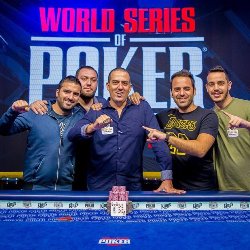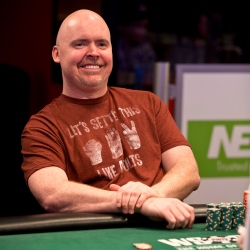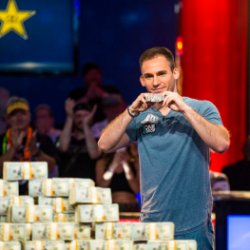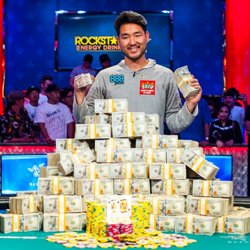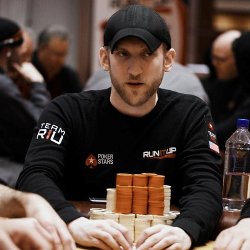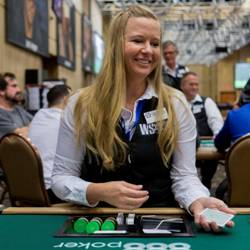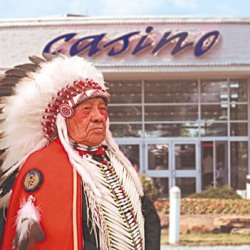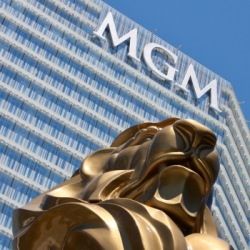How Does 2015 WSOP Main Event Compare To Previous Years?
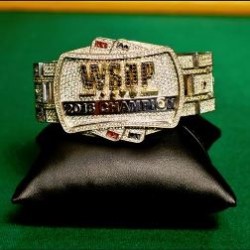
A number of changes were made to this year’s World Series of Poker in order to appeal more to recreational players, and early on in the series those innovations paid dividends with the $1,500 Millionaire Maker (7,275 players) and the $1,500 Monster Stack events (7,192 players) drawing huge fields, while the $565 Colossus attracted a massive 22,374 entrants, smashing the previous live tournament record held by the 2006 WSOP Main Event of 8,773 competitors.
Likewise, the $10,000 buy-in Main Event was reorganized to offer an unprecedented 1,000 money places, as well as a guaranteed $1 million payday awaiting any player who managed to make it all the way through to the final table. As WSOP Executive Director Ty Stewart said ahead of the Series’ May 27th start:
“If you’ve never thought about coming to Las Vegas for the WSOP, this is the year. Now more than ever, the WSOP has something for everyone and with this schedule we believe the value and the opportunity for player success exists in each and every event we are offering in 2015.”
So with the last event of the 2015 WSOP currently underway in Las Vegas, how does this year’s showcase Main Event compare to previous years?
Attendance Figure Down On Last Year
The 2015 WSOP Main Event attracted less players than last year’s tally of 6,683, with 6,420 players showing up for the tournament. This figure is the third smallest turnout in ten years, with only 2007 (6,358) and 2013 (6,352) lower. Nevertheless, there were concerns the field was going to be significantly smaller considering Day 1A’s turnout of 741 players and Day 1B’s of 1,716 players, but Day 1C subsequently saw a record breaking 3,963 entrants, representing the biggest WSOP Main Event starting flight in its history.
Overall, Ty Stewart still seemed impressed by the consistently large fields the Main Event continues to attract each year, with the WSOP executive director commenting; “Two things are certain in poker: There’s 52 cards in a deck and 6,000-plus in the Main Event.”
15.58% Of Field Paid
This year, 15.58% of the field received cash payouts as opposed to the 10% or so of past years, with those players earning a minimum of 1.5 times their initial buy-in rather than their money back as per previous Main Events. While the 2015 Main Event attracted 263 less players than in 2014, the adjustment in pay structure is expected to have a beneficial effect going forward, with more players tasting success in poker’s biggest event and therefore having a story to tell their friends when they return back home. As Ty Stewart explains:
“The dream of life-changing money is core to the DNA of the WSOP Main Event and we also want to make it easier to experience playing in poker’s Big Show. Our players understand numbers, and 2015 now presents the best odds ever to leave the Main Event a winner.”
Flatter Payout Structure
By introducing a flatter payout structure and guaranteeing all the November Niners receive a minimum of $1 million for their hard fought efforts, the 2015 ME first place prize has subsequently been reduced to $7,680,021, the lowest figure since Joe Hachem won the Main Event in 2005 for $7,500,000. Despite the smaller prize, however, the cash still represents a life-changing amount of money in anyone’s books, whilst making all of the “November Niner” millionaires naturally creates a greater allure and marketing appeal for the final table.
The Story So Far
At the time of writing, the initial Main Event starting field of 6,420 players has now been reduced to just 237 hopefuls, and as per usual the field contains a whole slew of notable pros, including the top two players on poker’s ‘All Time Money List’, namely Daniel Negreanu ($30,095,735), and Antonio Esfandiari ($25,393,97), as well as the 1993 WSOP Main Event champ Jim Bechtel, 7-times bracelet holder Men “The Master” Nguyen, and 2015 two-times bracelet winner Brian Hastings.
As to be expected from a Las Vegas based competition, the field is also dominated by American players, as has been the Series overall. With 67 events completed, the USA has won a total of 47 gold bracelets, followed by Canada (4), UK (4), Italy (2), and Austria (2).
This year’s series also saw a number of top pros increase their career bracelet tallies, including Phil Hellmuth (14), Daniel Alaei (5), Eli Elezra (3), Jason Mercier (3), Max Pescatori (3), Brian Hastings (3), Dan Idema (3), Robert Mizrachi (3), Jonathan Duhamel (2), Phil Galfond (2), Andre Boyer (2), Quinn Do (2), John Gale (2), Tuan Le (2), and Keith Lehr (2).
